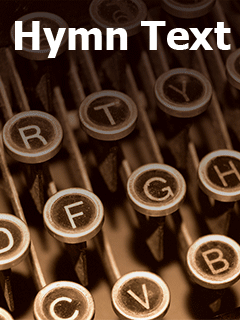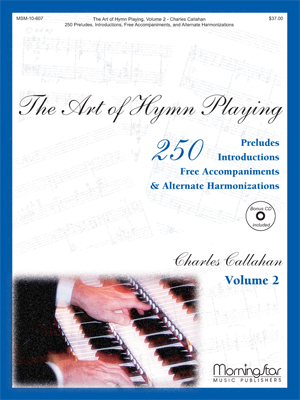Himnario Adventista del Séptimo Día #473
Display Title: Háblame, y hablaré First Line: Oh, háblame, y hablaré Tune Title: CANONBURY Author: Frances R. Havergal (1836-1879); María I. Mateo de Gómez (1947- ) Scripture: Romans 14:7 Date: 2010 Subject: La Vida Christian | Dirección divina; The Christian Life | Divine direction
Himnario Adventista del Séptimo Día #473


 My Starred Hymns
My Starred Hymns





